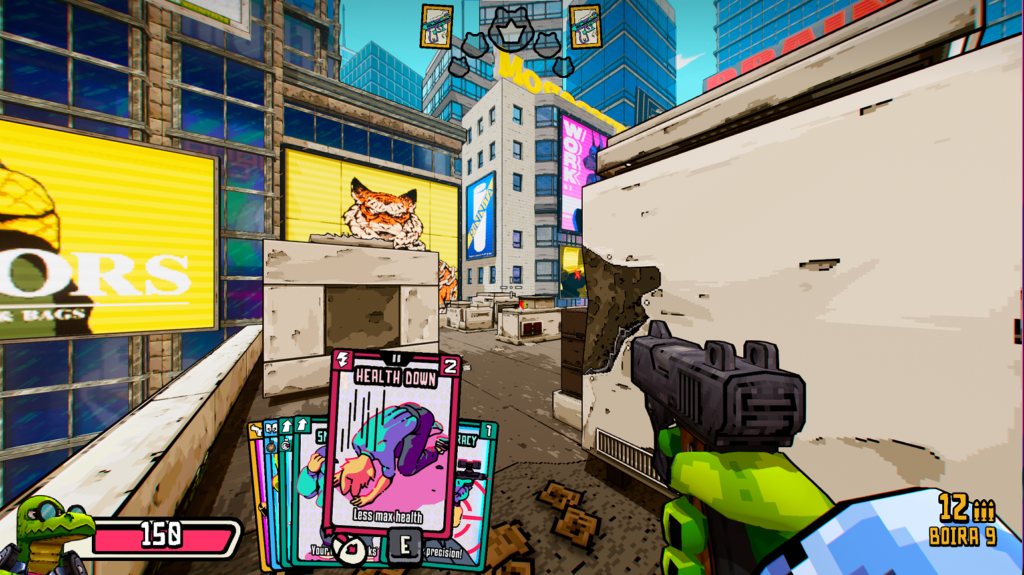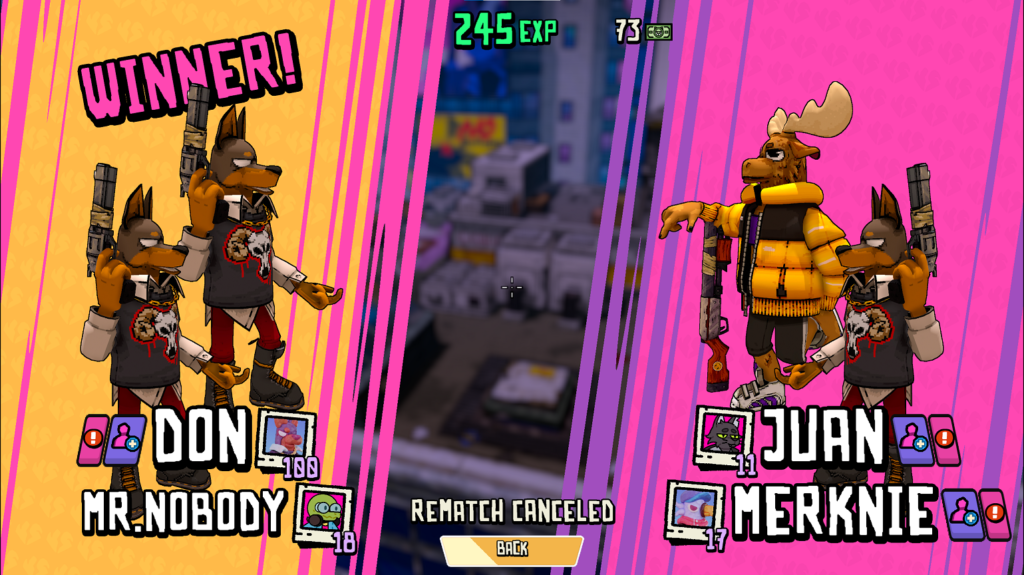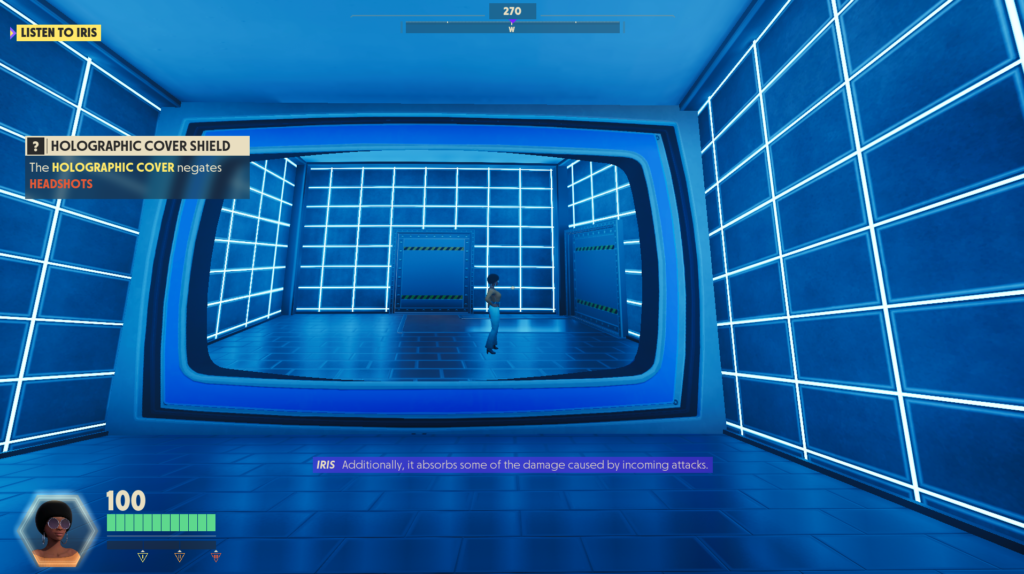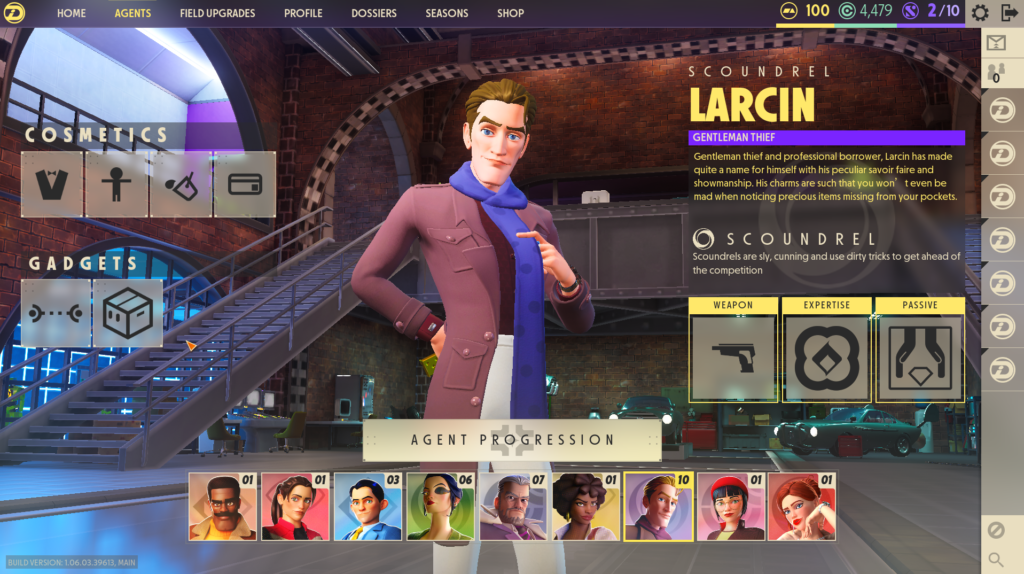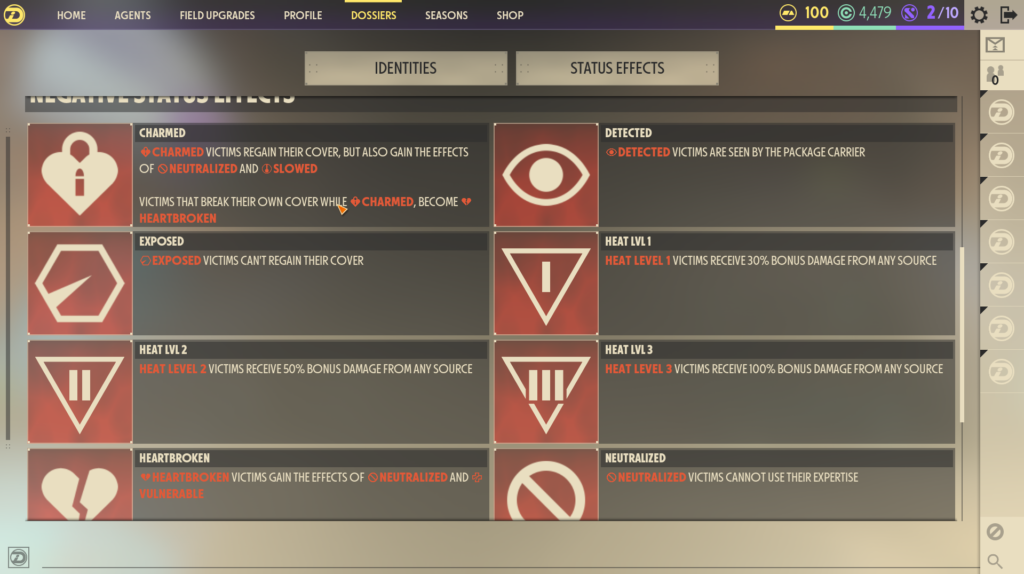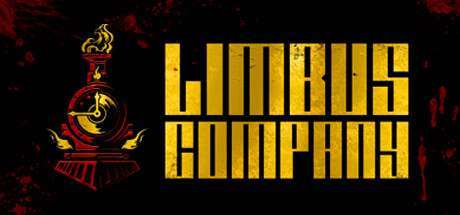Grim Dawn is an ARPG that is probably intended to be in the vein of Diablo 2. I honestly don’t know. I never played Diablo 2.
What I do know is that after 11 hours, 17 deaths, and one kill on the final boss, I do not recommend it. In fact, I actively loathe Grim Dawn. I have a lot of problems with the game, but upon reflection, I think they break down to two large gripes.
The Good Bits
Before I devote a large amount of time to eviscerating every other aspect of this game, I’d like to take a moment to say some nice things about Grim Dawn. Don’t worry, it won’t be long, because there aren’t very many.
I like how the game can run without an internet connection. If the apocalypse happens and I happen to have Grim Dawn installed, I’d have a reason to kidnap people to run in a giant hamster wheel and charge my computer.
I like that the game has auto-pickup for certain types of loot, like currency and certain crafting items. Not having to click every time I want to grab something is nice.
Fundamental Problems
Grim Dawn has two fundamental problems as an ARPG. Every other issue I have with the game is either the result of these problems, or caused by them, and they are as follows:
- Movement is slow.
- Skills are fundamentally uninteresting.
Movement speed in Grim Dawn is really slow. Like, incredibly slow. One of the few really interesting items I found in my 11 hours was a pair of boots that gave 17% movement speed. They also had the downside that if you got hit, you lost 20% movement speed. I ended the game with a pair of drawback free 11% movement speed boots, and 6% buff. The end result is that the game feels incredibly slow.
This matters because of all the problems that spiral out of it. Every quest is a fetch or kill quest that requires you to go out, find something, and then teleport back home to turn it in, so you’re going to spend a lot of time walking around.
Also, in terms of finding things, the maps are large, confusing, and generally janky messes. Sometimes if you click somewhere, you will be autopathed to where you need to go! Sometimes, you will not.

Maps cannot be overlaid on top of the game screen unlike in many other ARPG’s, adding to the difficultly of exploration. Instead, you’ll have to constantly open the map and check your location, or leave it open the middle of screen.
Finally, the GUI isn’t modifiable. Meaning that if you play on an Ultrawide, some HUD elements like pet health will be the in VERY far corner of the screen, but the map can’t be moved around and will always sit dead center.
None of this would be as big a problem, though, if you could move faster than molasses.
There’s also one other thing that prevents fast movement. Unlike Path of Exile or Diablo 3, there are no skills that offer mobility or movement in the base game.
This brings us to the other big thing that Grim Dawn doesn’t have: fun skills.
I wanted to try to make a summoner build, as I usually play Necromancers in ARPG’s. I do this so I can live out my deepest, darkest fantasy: being in upper management. I come up with high level strategic objectives (murder people for loot) and delegate responsibilities to my HMZ (highly mobile zombies) to fulfill them.
So how did that work in Grim Dawn? Pretty unimpressively.
I got through Grim Dawn on Veteran Normal difficulty using a total of 7 skills. Skills 1-3 summoned pets, but only one pet each, so I would just cast them each time my other pets died. Skill 4 was an aura, so I would toggle it on and forget about it. Skill 5 was a temporary buff, that I would just activate every 30 seconds or so, and skill 6 was a small orb that did poison in an AOE. Skill 7 was a swarming dot/right click skill.
But for those who are counting, there are only 2 skills I would use actively: the poison orb, and the buff. And only one of those had to be aimed.
By the end of the game, my character was less entertaining and satisfying to play than pretty much any Dota 2 hero or any build I’ve done in PoE. The skills just felt bad.
This led to a bunch of my other problems. Trying to find specific key locations or waypoints when you have to slog through tons of bad combat is annoying. Every boss fight being the same “poke, walk away, poke” for 3 minutes is annoying and boring. Speaking of which: what’s up with every boss fight (except 2) just being a dude in armor?
Also, this is the first ARPG I’ve ever played where I was enviously looking at the NPC’s and going “Wow, that skill seems fun, or at least more useful. Wish I could use that!”
Some Other Nitpicks
These are all minor, and frankly, they’re all the sorts of things that I would overlook if I had fun with the game. But I didn’t, so let’s complain!
Nobody has ever enjoyed back tracking to turn in quests. Lost Ark solved this for ARPG’s, and the solution very simple. I pickup the quest in Area A, Go to Area B, and when I finish, I turn in at Area C, the area I’m going to next. Stop making me backtrack.
Also, the quests!

I think that Grim Dawn is trying to do a thing where you have to really read the dialogue of each quest, and then carefully do it. This would be interesting if quests were ever anything more than “Kill the Dude” or “Find The Obtusely Hidden Thing.” But it means that if you don’t remember exactly what that quest giver said, good luck. Also the rewards are pretty shit, and you can’t hide individual quests on the UI.
By the final 75% of the game, I just stopped picking them up all together, mostly because I didn’t care about these people or the story.
Which brings us to the story. I think the story of Grim Dawn is trying to be all spooky and grimdark. It mostly fails. There’s only so many times a poor survivor can be all “Please, find my family/pet/Jays” and then you get there and they’re killed/eaten/creased before I stop caring.
Also, there’s some sort of “Actions have consequences” system, but I want to stress something: I don’t know who gives a shit about actions/morality in an ARPG. Presumably the same person who thought I’d read all that quest text. Most ARPG players I know would kill every NPC in the starting zone for a 5% item quantity boost. 5% exp boost? You bet your ass I’m decking Deckard Cain.
The story is also unsatisfying! You start out fighting monster group A, and then it turns out that monster group B is also here, and you have to stop their evil plans. And then you fail, and have to kill their resurrected god instead. So you do, but then the world is still shit. PoE didn’t have the greatest story in the world, but at least after you completed the story mode, there was a single map where everyone throws a great big party. (Also, Kitava’s head goes in the middle of table like a gorey centerpiece, which I’ve always enjoyed.)
Also, the enemies are boring. There are like 5 of them, and most of the bosses are just dude in armor, or a tentacle thing. There’s a whole section near the end of the game where you find a bunch of ruined pre-industrial tank things that have been tipped over and destroyed. For a moment you’ll be like “Oh, are we gonna have to fight one of those? Are we gonna ride one of those?” No, no we’re not. They’re just there to build ambiance.
In Conclusion
Back when I played PoE, sometimes after grinding for several hours, or trying to power through the game’s campaign to get to the rest of the game, I would reach a sort of fugue state. I would get tired, drained, lose interest, and feel like my brain was melting out of my ears.
Grim Dawn managed to make feel like this before the first boss.
There were moments of amusement, or interest, but they were few and far between. And they were massively outweighed by the thoughts of “I could be playing PoE/D3/Don’t Die, Collect Loot instead of this.”
I am $12 poorer, and have 12 hours less life, but you dear reader need not make my mistake.
Grim Dawn is 50% off on Steam at time of writing, but you can save even more money by not buying it.
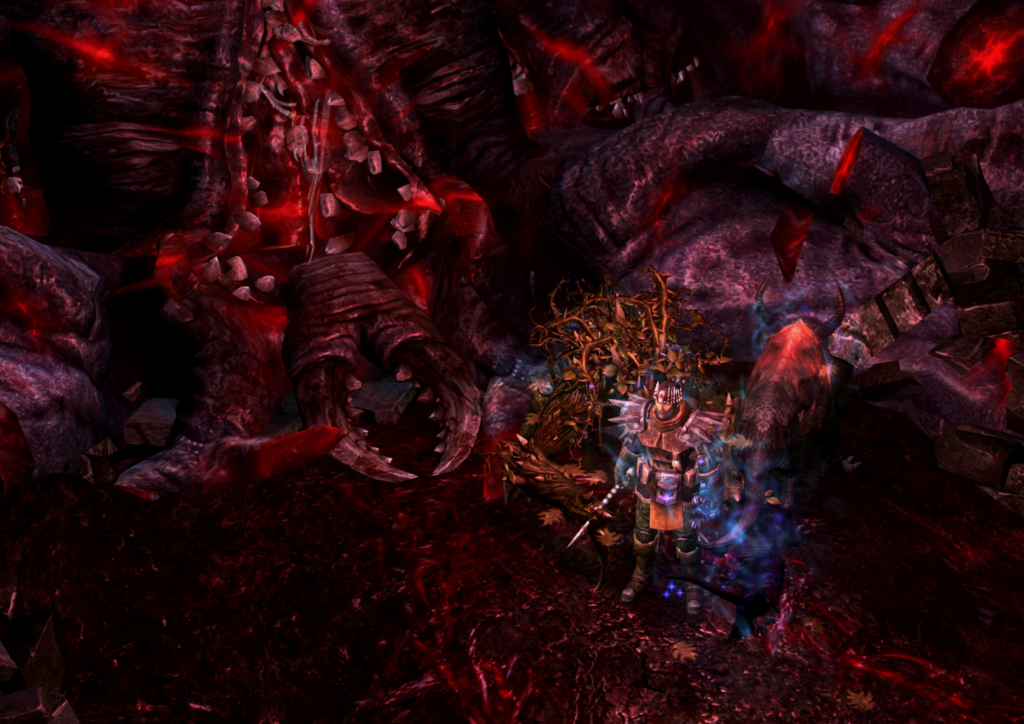
PS: It’s possible that some of the DLC solves the issues I have with this game. To which I say, if it makes the game not garbage, maybe just include it in the actual game.



